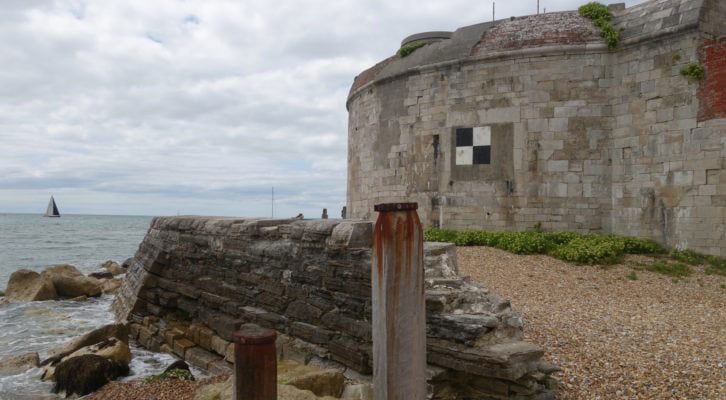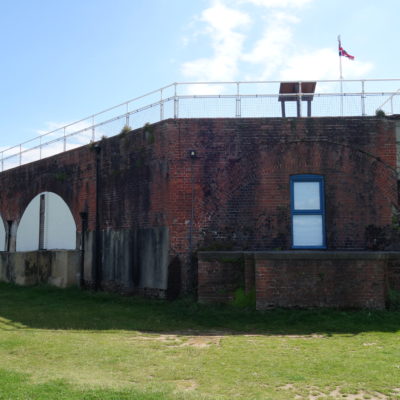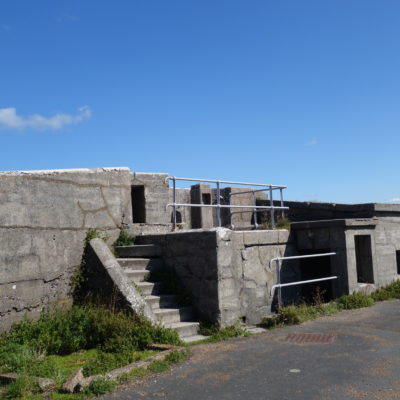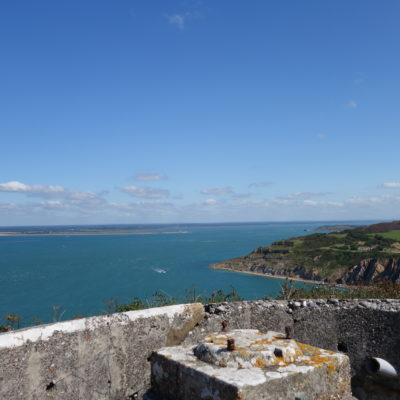Heritage Impact Assessment, Hurst Castle, Hampshire
A Heritage Impact Assessment was undertaken, which was part of an Environmental Statement/EIA relating to extended coastal protection measures at Hurst Castle, a Scheduled Ancient Monument at Keyhaven Hampshire.

In Brief
Services: Archaeological Desk-based Assessment and Heritage Impact Assessment as part of an Environmental Impact Assessment (EIA)
Location: Hurst Castle, South Coast of EnglandKey Points
- Proposed repairs to stub wall in front of Castle, including piling for new and replacement groynes
- Challenging tidal conditions
- Identification of Heritage Assets and assessments of impacts, with site visit and photographic survey undertaken to assess key viewpoints
- Project completion within compressed timeframe
Summary
Hurst Castle is a well-preserved stone artillery fort and Scheduled Ancient Monument built between 1541 and 1544 on the headland of Hurst Spit to defend the Needles Passage to the Solent.
The Castle was much altered in the early to mid-19th Century and supports defensive structures of both World Wars and lighthouses of 1865 and 1911. The extensive remains of sea defences, comprising a series of timber and concrete breakwaters, exist along the foreshore immediately south of the Castle.
The sea defences were constructed in 1717 and maintained throughout the 18th Century, with further extensions made during the early to mid-19th Century. Reconstruction was carried out in 1964 and new groynes and rock defences were installed by English Heritage in the 1980s, with further reconstruction in 1997.
Based on recognised Historic England criteria, the assessment process identified a number of specific Heritage Assets and their associated settings, including the 16th Century and later artillery fort and associated fortifications, infrastructure (including a port, docks and several lighthouses) and coastal defences.
Results
We were able to determine the potential impact of the proposed development – both physical and non-physical – on the specified built heritage assets and their respective settings. It was concluded that the overall impact on the built environment, both in terms of physical and non-physical impacts, was Neutral/Slight with any impact on the built heritage as Negligible to Minor.




